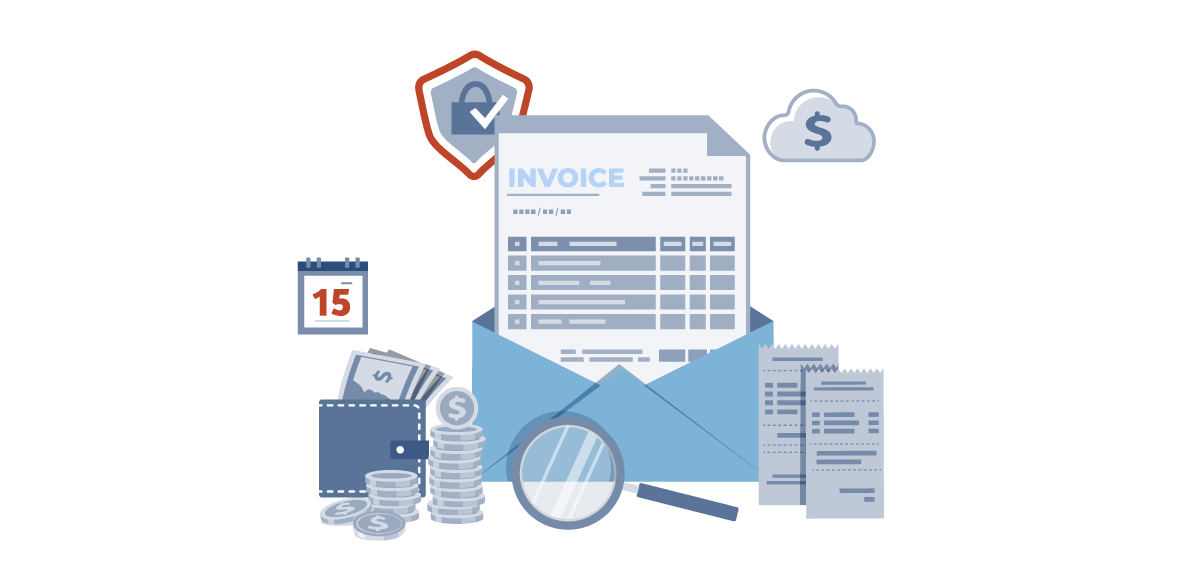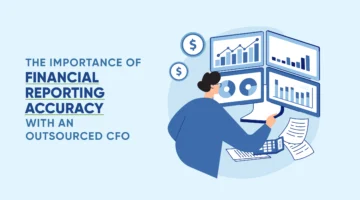Common Invoicing Mistakes to Avoid
Your company works hard to provide an excellent product or service to clients, so it’s crucial for your invoicing system and processes to allow you to accurately and consistently receive payment. Invoicing is a foundational component of your business. When done correctly, your collections process runs smoothly and efficiently, allowing your company to grow. When done incorrectly, you can be underpaid or paid late for products and services, negatively impacting your cashflow and client relationships. Not to mention, without a dialed-in invoicing process, you won’t be able to afford paying employees and overhead costs.
Below, we’ll address common pitfalls that many small and medium-sized business experience when it comes to invoicing, as well as how to avoid them.
Sending Late Invoices
Too often, invoices are sent inconsistently or long after work was completed. This can create a false impression for the client—if your business is okay waiting a few days to send out an invoice, then you’ll also be okay waiting a few more days for the client to pay. Late invoices can also wreak havoc on your cash flow, as you won’t be able to forecast when payments are due to come in.
Strive to send an invoice as soon as the product or service is completed. Promptness and organization on your end will encourage clients to do the same in return. For recurring clients, choose a day, such as the first or last day of the month, to send all of your invoices. This helps create a cadence of reliability and on-time payments.
Missing Invoices Altogether
Your customers cannot pay invoices if they’re not sent out in the first place! If you’re juggling multiple clients on different payment terms, it can be easy for an invoice to slip through the cracks. Especially if you’re operating on a net-30 payment term with clients, you may not initially notice that you missed an invoice. This can be avoided altogether by investing in financial software that can issue, manage, and track invoices for all of your clients.
Not Itemizing Invoices
Failing to itemize your invoices, meaning you detail the exact products or services that the client must pay for, can create areas of conflict within your invoicing process. This is especially true if a customer is expecting to pay a different amount than what you’re invoicing them for.
Break down each expense line by line, describing each charge and what it costs. This is proactive measure that avoids confusion, as well as helps your clients with their own expense management. Sending a vague invoice that isn’t itemized may prompt your client to reach out to you, delaying payment and opening opportunities for dispute.
Using Unclear Payment Terms
A common invoicing mistake is to use vague payment terms, such as “Pay upon receipt”, or “Net 30”. To make things easier for you and your clients, be direct in when the invoice should be paid. For example, if you want the payment terms to be net 15, send the invoice on January 15th with the due date set as January 30th. Similarly, let you client know in their contract with your business or on the invoice itself what the penalties are for late payments. You may even consider offering an incentive for early payment, such as a small discount.
Sending Invoices with Mistakes
Though mistakes will inevitably occur, invoice mistakes like the following can similarly be damaging to your cash flow and customer relationships:
- Incorrect pricing for a product or service
- Inaccurate math, such as double charging a client
- Missing due dates
- Incorrect contact information, meaning the client never receives the invoice
If you’re managing invoices manually, it’s a good idea to implement some internal controls. Have an invoice review system in place, and be sure that no single employee manages the invoice from start to finish.
The Bottom Line
A correct invoice should include:
- Invoicing and due dates
- An itemized list of invoiced items with descriptions
- Invoicing method
- Is the client paying hourly? By project?
- Forms of acceptable payment
- Late penalties or early payment incentives
By taking additional time to improve your invoicing process, you can ensure that your business has the stable cash flow it needs to operate efficiently. If you find that your invoices contain a number of the errors listed above, or you don’t have a solid collections process in place, consider contracting a fractional accountant to help. A fractional accounting consultant can work in tangent with your existing team to make operational improvements, implement new processes, and provide guidance to make better business decisions—all at a fraction of the cost of a full-time employee.



